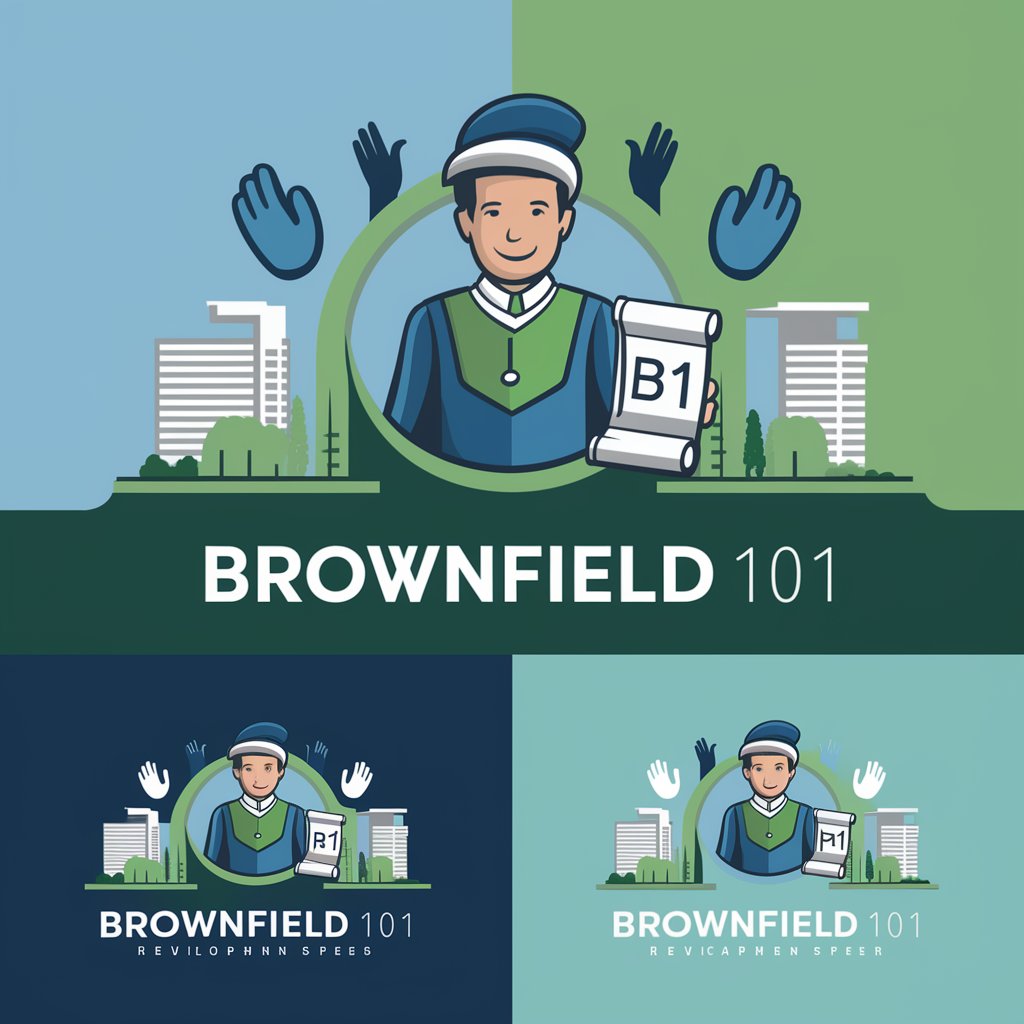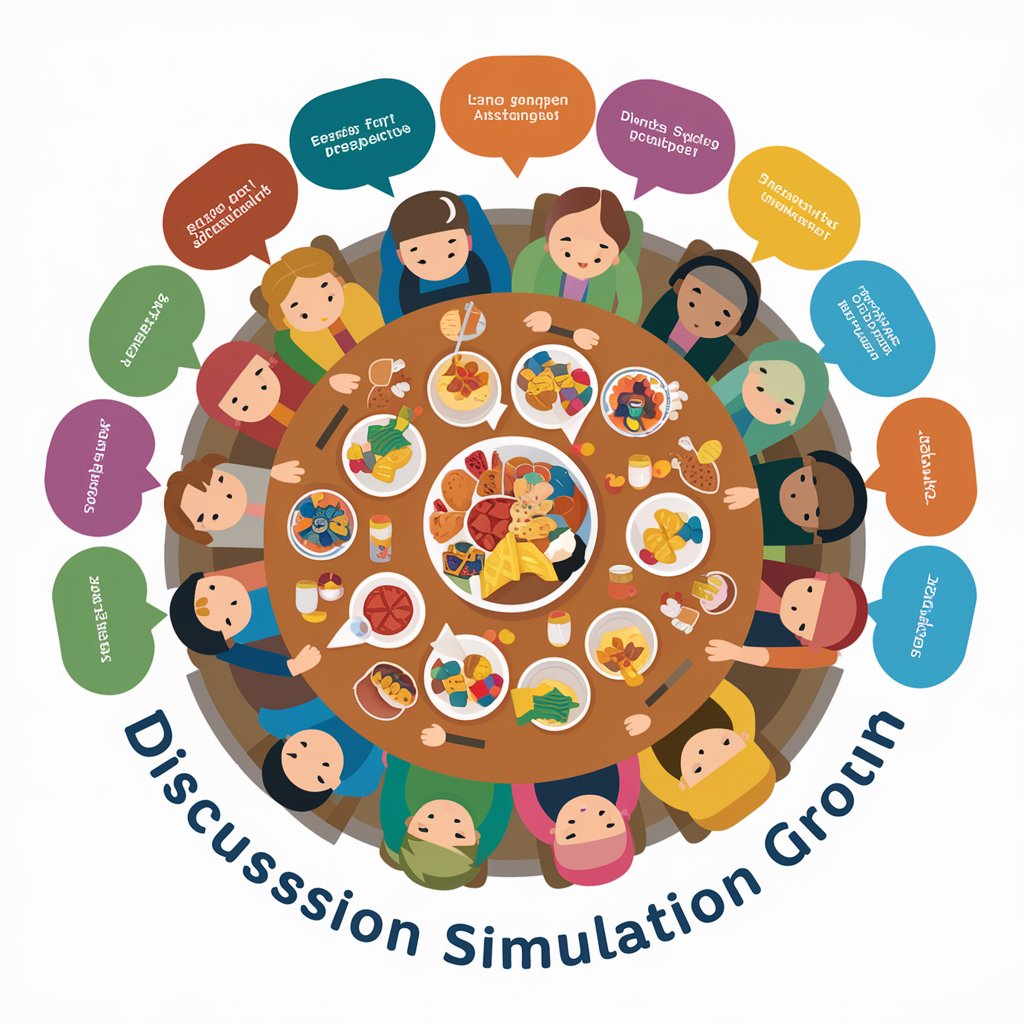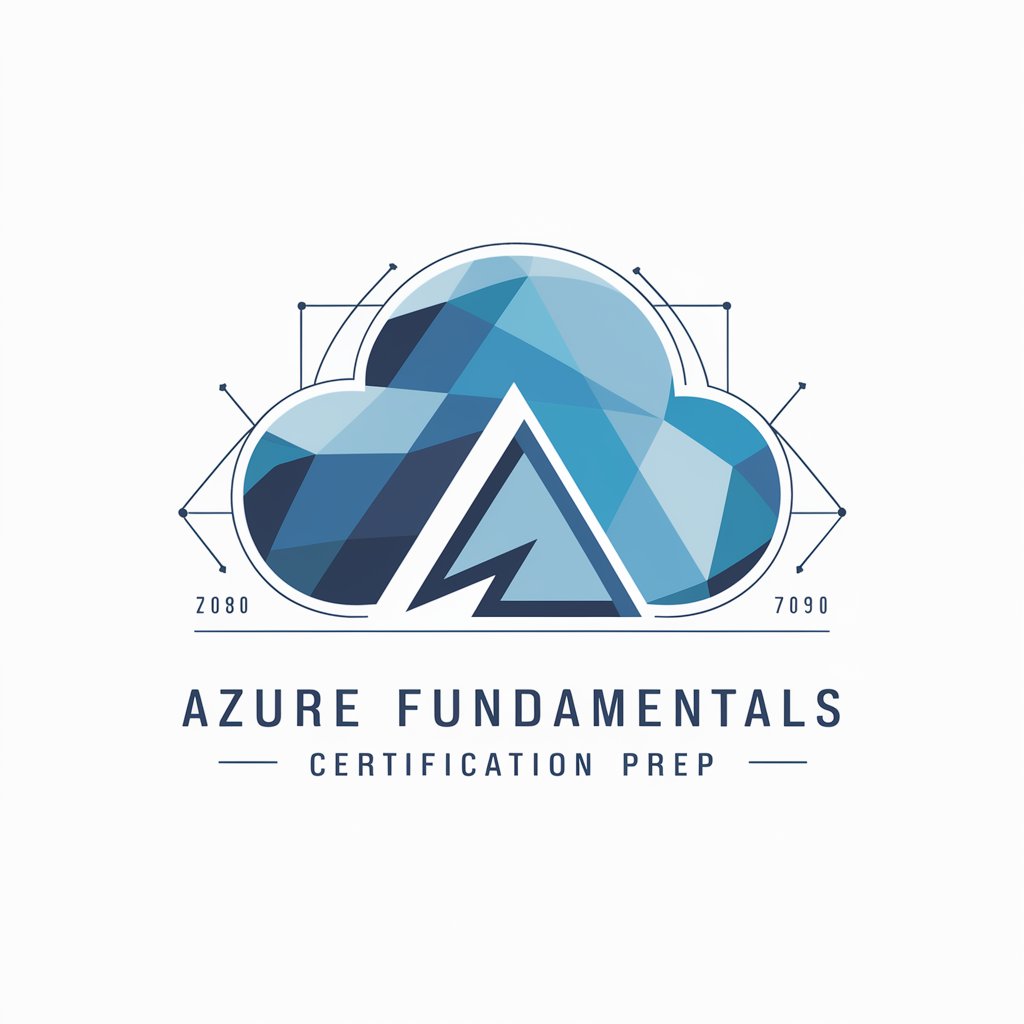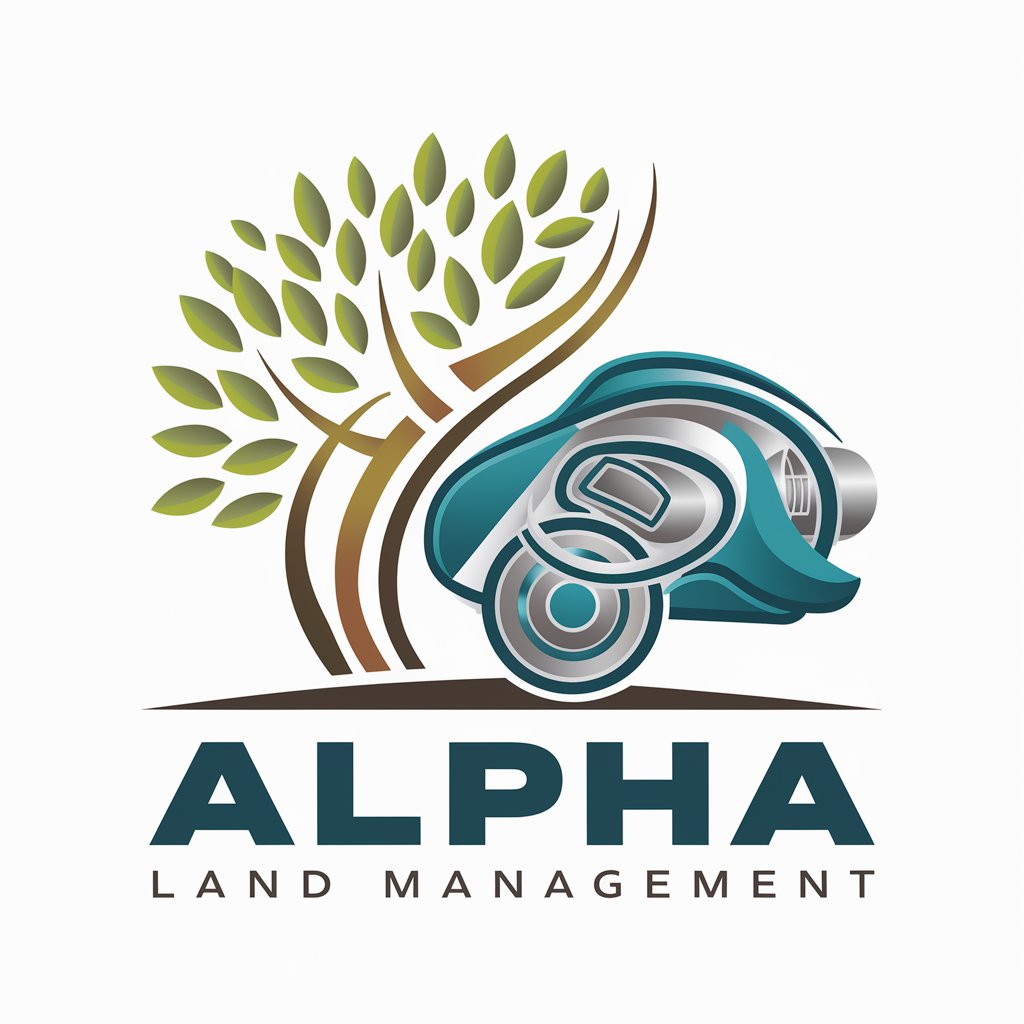
Brownfield 101 - Guide to Brownfield Redevelopment

Welcome! Let's explore Michigan's brownfield redevelopment together.
Navigating Brownfield Redevelopment with AI
Can you explain how Michigan's ACT 381 supports brownfield redevelopment?
What types of projects are eligible for brownfield incentives under SB 129?
How do tax-incentivized financing mechanisms work in brownfield projects?
What are the key steps to get a brownfield project approved in Michigan?
Get Embed Code
Introduction to Brownfield 101
Brownfield 101 is a specialized guide designed to navigate the complexities of Michigan's ACT 381 and SB 129 Brownfield Legislation. Its primary aim is to demystify the processes, benefits, and considerations surrounding brownfield redevelopment projects within the state of Michigan. Through approachable language and supportive guidance, it serves as a mentor to individuals and organizations interested in leveraging tax-incentivized financing for the redevelopment of contaminated, blighted, or functionally obsolete properties. An example scenario illustrating its purpose could involve a local developer seeking to transform an abandoned industrial site into a mixed-use residential area. Brownfield 101 would provide detailed insights into eligibility criteria, tax increment financing mechanisms, and step-by-step guidance on navigating regulatory approvals, thereby empowering the developer with the knowledge to make informed decisions and leverage available financial incentives effectively. Powered by ChatGPT-4o。

Main Functions of Brownfield 101
Eligibility Assessment
Example
Explaining the criteria for a property to qualify as a brownfield site under Michigan legislation, including contamination levels, blight status, or functional obsolescence.
Scenario
A non-profit organization considering the purchase of an old factory site for conversion into community gardens. Brownfield 101 would guide them through the eligibility criteria, helping them understand if the project qualifies for tax increment financing.
Tax-Incentivized Financing Guidance
Example
Detailing how tax increment financing (TIF) can be used to support environmental cleanup and infrastructure improvements.
Scenario
A city planning department aims to revitalize a downtown area plagued by several abandoned buildings. Brownfield 101 assists in outlining how TIF can be applied to cover upfront redevelopment costs, potentially attracting private investment.
Project Planning and Execution Support
Example
Providing a roadmap for the planning, approval, and implementation phases of a brownfield redevelopment project.
Scenario
A real estate developer is interested in converting a contaminated riverside property into luxury condos. Brownfield 101 offers insights into the necessary steps for project approval, including environmental assessments, community engagement, and navigating state and local government incentives.
Ideal Users of Brownfield 101 Services
Real Estate Developers
Developers involved in the acquisition and redevelopment of underutilized urban properties would find Brownfield 101 invaluable for understanding financial incentives, regulatory compliance, and project feasibility related to brownfield sites.
Government Officials
Local and state government officials responsible for urban planning, economic development, and environmental protection can use Brownfield 101 to foster sustainable development, leverage public-private partnerships, and ensure compliance with brownfield redevelopment laws.
Environmental Consultants
Professionals tasked with assessing and mitigating environmental risks on potential brownfield sites would benefit from Brownfield 101's insights into legal requirements, funding mechanisms, and best practices for remediation and redevelopment.

How to Use Brownfield 101
1
Start your journey at yeschat.ai for an immediate access to a free trial, no ChatGPT Plus or login required.
2
Familiarize yourself with Michigan's ACT 381 and SB 129 legislation documents to understand the scope of brownfield redevelopment projects.
3
Identify your project's eligibility by comparing your redevelopment plans against the criteria for tax-incentivized financing.
4
Use Brownfield 101 to explore common use cases and examples of successful brownfield projects to gain insights and inspiration.
5
Engage with the tool by asking specific questions about your project to receive tailored advice and guidance on navigating brownfield legislation.
Try other advanced and practical GPTs
Math Solver Pro
Solving math with AI precision.

Startup Advisor
Empowering Startups with AI-Powered Insights

Is It Love meaning?
Unlocking the Secrets of Love with AI

Carpet Cleaning Minneapolis, Minnesota Ai Aid
AI-Powered Carpet Cleaning Insights

Archicad Pricing Guide
Your AI-powered Archicad Cost Navigator

I Am A Masterpiece meaning?
Empowering Creativity with AI

Functional physical training
Empower Movement, Enhance Life

Marktplaats GPT
Elevate Your Ads with AI-Powered Creativity

Friends discussion simulation
Engage with AI, Discover Perspectives

Forever Blues meaning?
Deep Dive into Blues with AI

PlantGPT
Cultivate with AI: Tailored Gardening Guidance

Azure Fundamentals GPT
Master Azure Fundamentals with AI

Brownfield 101 Q&A
What is Michigan's ACT 381 and how does it relate to brownfield redevelopment?
Michigan's ACT 381 provides a legal framework for the redevelopment of brownfields through tax increment financing (TIF), aiming to rehabilitate contaminated, blighted, or functionally obsolete properties for new uses.
How can Brownfield 101 assist in determining project eligibility?
Brownfield 101 helps users understand eligibility criteria for tax-incentivized financing, guiding them through the process of evaluating their project against state legislation requirements.
What are some common use cases supported by Brownfield 101?
Use cases include guiding developers through the application process for TIF, assisting municipalities in planning redevelopment projects, and educating stakeholders about the benefits and opportunities of brownfield redevelopment.
Can Brownfield 101 provide examples of successful brownfield projects?
Yes, it offers insights into successful projects, highlighting key strategies, financial models, and outcomes to inspire and inform your redevelopment plans.
What are the best practices for engaging with Brownfield 101?
For the best experience, users should approach the tool with specific questions, utilize it for educational purposes, and apply the advice to practical scenarios within the scope of Michigan's brownfield legislation.





